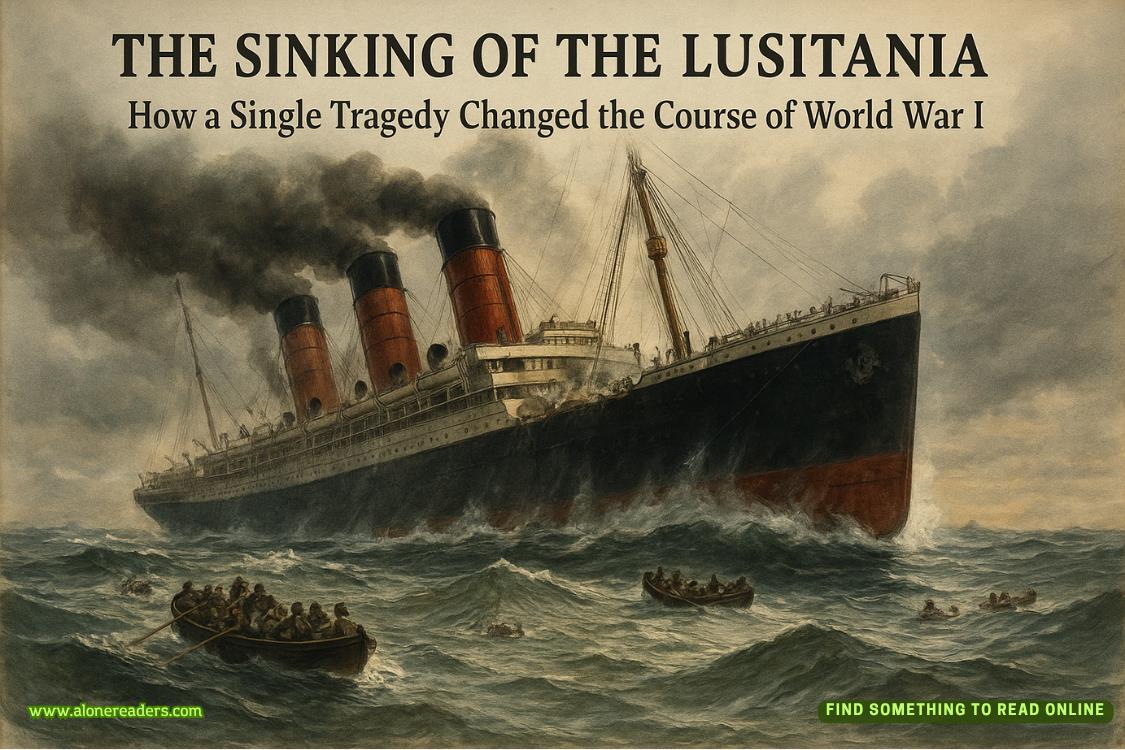“Can you tell the jury, in layperson’s terms, if you will, how a generative AI system is trained?”
“In this case with the Clair app, it’s called supervised learning. Vast amounts of data are uploaded to the program so that it can respond effectively to the end user’s prompts and questions. It’s called RCD, relevant conversation data. Coders create response templates based on the defined intent of the platform—in this case, a chatbot for teenagers. Ideally data is updated continuously, and the coders interact with the program continuously and for long periods—sometimes years—before the program is ready to go live with users.”
“Professor, you said the coders interact with the program continuously. What does that mean?”
“In the lab, they are in continuous conversation with the program, inputting data, asking it questions, giving it prompts, studying responses, making sure these are relevant to the program’s purpose.”
I checked the jury to make sure they were still plugged in and paying attention. I knew I was in the weeds with testimony about things difficult to understand. But I had to find ways to make the science understandable. There was a letter carrier for the US Postal Service on the jury. He was my target. I had to make the science palatable and understandable to a man who drove or walked the streets every day, stuffing letters into mailboxes. This was not a judgment on his intellect. I had wanted the letter carrier on the jury for this very reason. I knew that if he understood the technology of the case, the entire jury should.
I keyed in on the letter carrier now and saw he was writing in his notebook. I hoped he wasn’t checked out and doodling, but I couldn’t tell. I looked back at Spindler and continued.
“Would you say it’s like teaching a child?” I asked.
“To a degree, yes,” Spindler said. “A nascent AI system is an empty vessel. You have to feed it data. You have to nourish it. The data you feed it depends on its intended use. If it’s a business application, you feed it data from the Harvard Business School, theWall Street Journal,and so on. If it’s a social companion, you feed it all sorts of media—music, films, books, you name it. You then train it. Programmers spend their days inputting and outputting—asking questions, grading responses. This goes on and on until the program is deemed ready.”
“And what about guardrails, Professor Spindler?”
“Guardrails are important. You start with Asimov’s three laws of robotics and go from there.”
“Can you share with the jury who Asimov is and what the three laws are?”
“Isaac Asimov was a futurist and a science fiction writer. He came up with the three laws: One, a robot cannot harm a human being. Two, a robot must obey orders from a human unless the order conflicts with the first law. And three, a robot must protect its own existence, as long as such action does not conflict with the first or second law.”
I checked the jury again. It appeared they were staying locked in. The letter carrier was no longer writing. He was looking directly at the witness. I glanced at the judge. She was turned in her seat so she could look directly at Spindler as he testified. I took that as another good sign and continued.
“Professor Spindler, do all AI systems follow these laws?” I asked.
“Of course not,” Spindler said. “You have military applications of artificial intelligence that are designed to kill the enemy, missile guidance systems and so forth. That breaks the first law right there.”
“What about in nonmilitary applications?”
“Again, it comes down to the programmers. Garbage in, garbage out. What you put in is what comes out. I always tell my students that if a machine exhibits malice, that is a problem in the programming.”
“After your review of the materials in this case, did you draw any conclusion as an expert on generative artificial intelligence in terms of how Wren was trained?”
“I did, yes.”
“And what was that?”
“I believe there was bias in the code.”
“What kind of bias?”
“I studied the responses Wren gave and the questions it asked, and there were places where I could see the team of coders behind the program. I deduced that the team was largely male, possibly all male, and that there was a generational gap as well.”
“What do you mean by a ‘generational gap’?”
“Wren is an extension of Tidalwaiv’s Project Clair, which is a female chatbot program designed and marketed to teenagers, primarily male teenagers. But based on what I’ve seen, it was not trained by teenagers. It was programmed in a lab run by adults. In the training process, if the coders are very, very good, it’s entirely possible to avoid an obvious generational gap. Appropriate data for practically any demographic is harvestable and can be tailored for use. But sometimes coders are careless or manipulate and subvert the code on purpose.”
“But wait a minute, Professor. Are you saying that Clair should have been trained by teenagers?”
“Of course not. I’m saying, though, that it would have been possible in the training process to avoid a generational gap by using relevant conversation data. It was clear to me that some of the dialogue from Wren to Aaron came from data packets you would not ascribe to juveniles, the intended users of the platform.”
“Can you be more specific?”
“Generationally inappropriate phrasing, cultural references to music, electronic gaming. Also some outdated male attitudes toward women and girls. Some misogyny, even.”
“So even though Wren presented as female, it espoused a misogynistic male’s perspective at times? Is that what you’re saying, Professor?”















